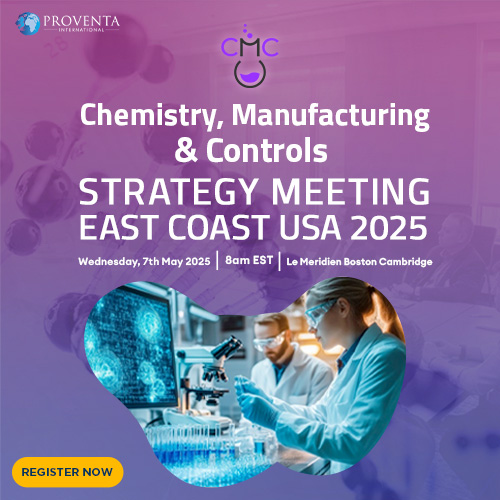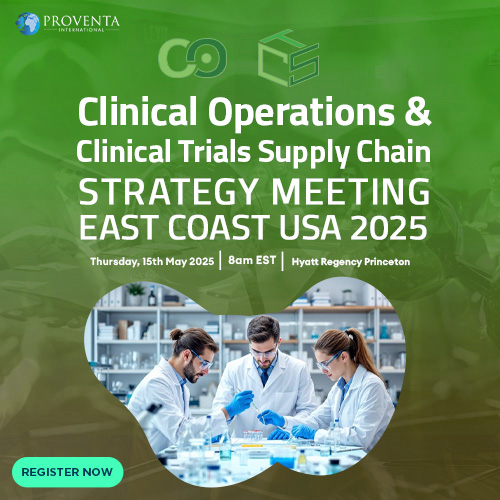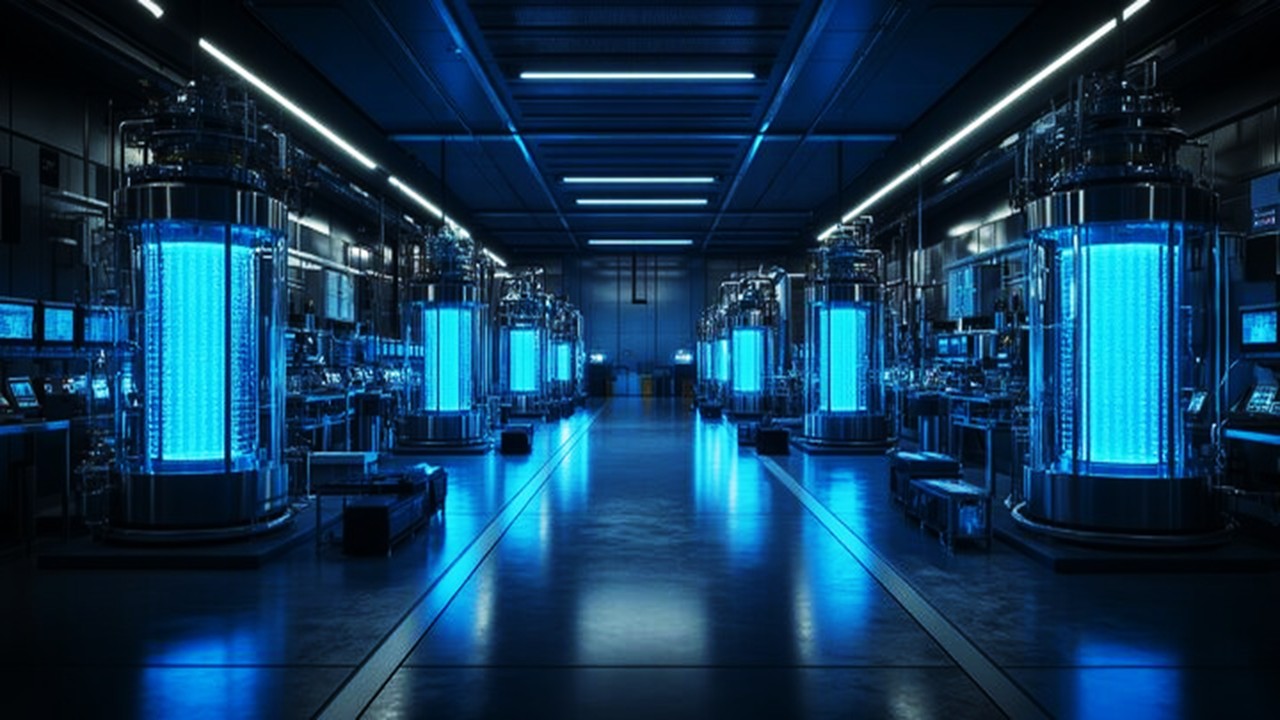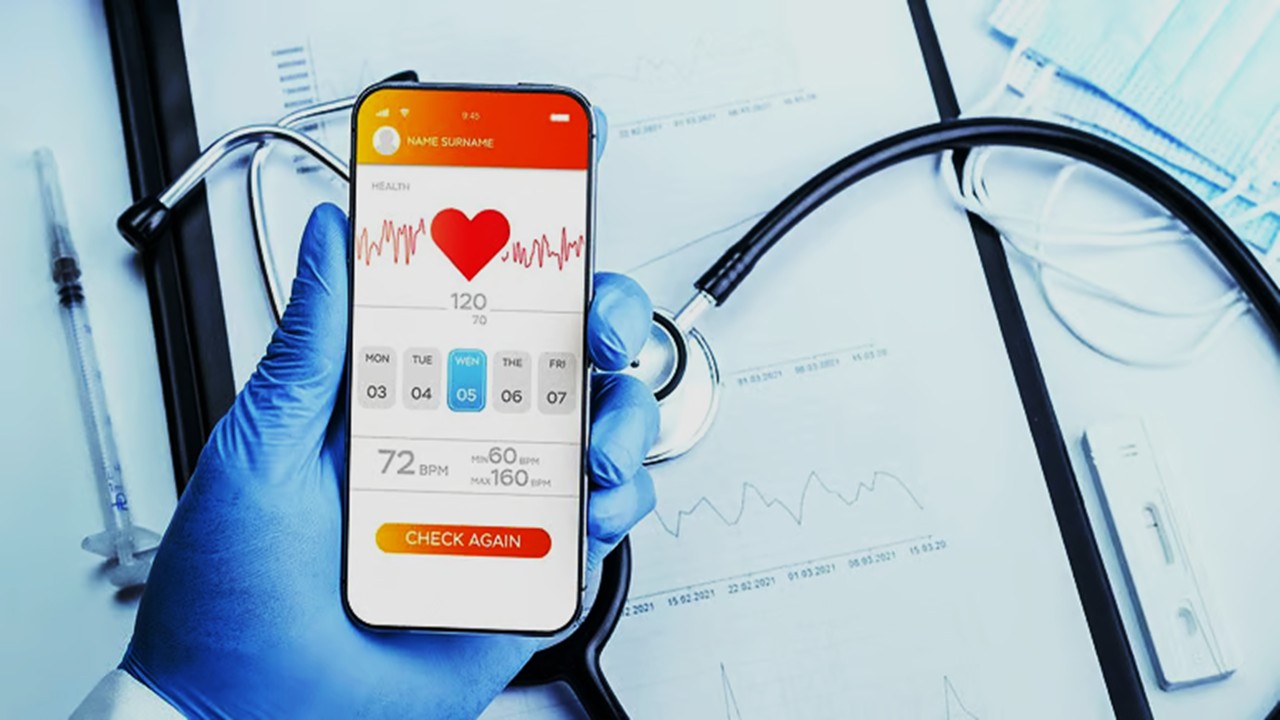The biologics manufacturing landscape is defined by a fundamental tension between fed-batch and perfusion bioreactor systems—each offering distinct metabolic control strategies for optimizing protein yield and quality. Fed-batch dominates commercial production with its operational simplicity, while perfusion gains traction for unstable molecules through continuous nutrient replenishment. This dichotomy extends beyond volumetric productivity to influence facility design, process validation, and even drug substance characteristics like glycosylation patterns. Modern advancements in cell retention devices and real-time analytics are blurring historical limitations, enabling hybrid approaches that combine both systems’ strengths. The choice between these platforms now represents a strategic decision impacting everything from capital expenditure to regulatory filing strategies.
Metabolic Control Philosophies: Feast-Famine Versus Homeostasis
Fed-batch systems employ calculated nutrient deprivation to extend the productive phase while avoiding toxic byproduct accumulation. Process engineers design feeding regimens that maintain glucose and amino acids at levels sufficient for protein synthesis but low enough to prevent lactate and ammonium buildup. This creates dynamic conditions where cells oscillate between moderate stress and recovery phases—a state shown to maximize recombinant protein expression in certain cell lines.
Perfusion bioreactors maintain cells in near-constant metabolic equilibrium through continuous media exchange. The steady-state environment avoids feast-famine cycles, theoretically providing more consistent product quality over extended durations. Cellular metabolism operates at stable, optimized rates without the periodic stresses induced by fed-batch feeding pulses. This homeostasis comes at the cost of higher media consumption but can benefit sensitive proteins prone to degradation in prolonged fed-batch cultures.
The metabolic differences manifest in distinct protein glycosylation patterns. Fed-batch processes allow deliberate modulation of nucleotide sugar precursor pools through timed feed additions, enabling targeted glycoform distributions. Perfusion systems generate more consistent glycosylation profiles due to stable nutrient levels and waste product removal—critical for complex biologics where glycan heterogeneity impacts efficacy.
Advanced control strategies are bridging this divide. Some fed-batch systems now employ real-time metabolite sensors to dynamically adjust feeds, approximating perfusion’s stability. Conversely, modern perfusion platforms incorporate intentional nutrient oscillations to stimulate productivity without sacrificing continuous operation benefits.
The ultimate choice depends on the biologic’s specific demands—fed-batch for robust antibodies where titers dominate, perfusion for unstable enzymes or viral vectors requiring continuous harvest.
Cell Retention Breakthroughs Enabling Stable Perfusion
Perfusion’s viability hinges on reliable cell separation technologies that have evolved from problematic spin filters to sophisticated acoustic and gravitational devices. Early tangential flow filtration systems often suffered from membrane fouling and shear-induced cell damage, limiting run durations and viability. Modern acoustic wave separators exploit density differences to gently concentrate cells with >99% efficiency while allowing protein harvest in the clarified effluent.
Inclined lamella settlers represent another leap forward, using optimized surface coatings and microfluidic geometries to enhance cell settling. These passive devices operate without moving parts or energy input—ideal for GMP environments where reliability outweighs complexity. Some designs incorporate affinity ligands that temporarily bind cells during media exchange, then release them to maintain culture homogeneity.
The frontier involves magnetic retention systems using nanoparticle-labeled cells. High-producing subpopulations are selectively retained while non-productive cells are purged—effectively performing continuous clonal selection. This addresses perfusion’s historical challenge of genetic drift during extended runs.
These advancements have pushed perfusion viabilities above 95% even at extreme cell densities exceeding 50 million cells/mL. Run durations that once measured days now extend to months—rivaling fed-batch’s operational simplicity while offering superior environmental control.
The choice of retention technology now depends on product class: acoustic systems for shear-sensitive proteins, magnetic retention for genetic stability-critical therapies, and gravity settlers for cost-sensitive applications.
Facility Design Implications: Footprint Versus Flexibility
Fed-batch’s batch-defined nature aligns with traditional facility layouts featuring discrete production suites and centralized purification trains. The approach benefits from straightforward scale-up using geometrically similar bioreactors and well-established changeover procedures between campaigns. This predictability comes at the cost of larger equipment sizes to achieve target outputs—particularly for unstable products requiring shorter production phases.
Perfusion systems theoretically enable smaller bioreactors through higher cell densities and continuous harvest. However, the supporting infrastructure for media preparation, cell retention, and continuous downstream processing often offsets these space savings. The true advantage emerges for products like viral vectors where perfusion’s productivity gains allow reactors 10x smaller than fed-batch equivalents.
Single-use technologies have disproportionately benefited perfusion implementation. Disposable cell retention devices eliminate cleaning validation burdens, while integrated flow paths enable continuous processing from bioreactor to capture chromatography. These advances make perfusion more accessible despite its inherent complexity.
Future facilities may adopt hybrid designs with convertible bioreactors capable of both operation modes. Such flexibility allows manufacturers to match the production strategy to each product’s specific needs within the same physical footprint.
The decision ultimately balances operational simplicity against intensification potential—fed-batch for established products in multi-purpose facilities, perfusion for space-constrained or product-dedicated plants.
Regulatory Considerations: Batch Definition Meets Continuous Quality
Fed-batch’s discrete batches align neatly with traditional regulatory frameworks where clear batch boundaries facilitate release testing and deviation management. Process changes typically require comparability studies but benefit from extensive industry experience and precedents. The approach’s inherent start-stop nature provides natural points for in-process testing and adjustments.
Perfusion introduces novel validation challenges for continuous processes spanning weeks or months. Demonstrating consistent product quality requires sophisticated process analytics and control strategies. Some manufacturers employ real-time product quality monitoring with automated hold points—systems that pause harvest if critical attributes drift beyond specifications.
Regulatory agencies have issued guidance clarifying expectations for both approaches. Fed-batch processes are evaluated through design space exploration of feed timing and composition. Perfusion systems emphasize control strategy development for maintaining steady-state operation within qualified ranges.
Emerging trends may eventually favor perfusion’s continuous nature. The wealth of data generated enables more robust quality trend analysis, while steady-state operation theoretically reduces batch-to-batch variability—both advantages in the quality-by-design era.
The choice involves weighing fed-batch’s regulatory familiarity against perfusion’s alignment with continuous manufacturing initiatives.
Media Strategies: Concentrated Feeds Versus Continuous Renewal
Fed-batch systems rely on highly concentrated nutrient solutions delivered through precisely timed pulses. These formulations have evolved beyond simple glucose and amino acids to include nucleotide precursors, lipid concentrates, and cell cycle synchronizers. The challenge lies in avoiding osmotic shock and localized nutrient gradients that can stress cells.
Perfusion uses leaner media continuously replenished at rates matching cellular consumption. This avoids feast-famine metabolic shifts but requires larger media volumes. Modern systems address this through real-time nutrient monitoring that dynamically adjusts media composition—delivering exactly what cells need when they need it.
Emerging media recycling technologies are changing the calculus. Selective toxin removal systems allow partial media reuse in perfusion, reducing costs while maintaining metabolic advantages. Affinity membranes specifically extract lactate and ammonium while retaining growth factors and other valuable components.
The most innovative approaches modify cellular metabolism itself. Perfusion-optimized cell lines engineered for efficient nutrient utilization can thrive on leaner formulations—a synthetic biology solution to media consumption challenges.
The choice involves tradeoffs between fed-batch’s efficient nutrient use and perfusion’s metabolic stability—with the optimal approach depending on the cell line’s specific characteristics.
Product Quality Showdown: Glycosylation and Aggregation Profiles
Fed-batch’s dynamic conditions allow deliberate modulation of glycosylation through timed nutrient additions. Strategic glucose pulses influence nucleotide sugar precursor pools, while temperature shifts alter glycosyltransferase activity—enabling targeted glycoform distributions. This control comes at the cost of batch-to-batch variability that must be carefully managed.
Perfusion’s steady-state operation generates more consistent glycosylation profiles by maintaining stable nutrient levels and waste product removal. The constant harvest also minimizes product exposure to bioreactor conditions—particularly beneficial for proteins prone to degradation or aggregation over time.
The differences extend beyond glycans. Fed-batch’s periodic stresses can induce chaperone proteins that improve folding for certain complex molecules. Perfusion’s homeostasis avoids these stresses but may lack the folding assistance benefits they sometimes provide.
Advanced analytics are enabling real-time glycosylation monitoring in both systems. This allows dynamic adjustments—whether through fed-batch feed modifications or perfusion rate changes—to maintain desired quality attributes.
The choice depends on the product’s critical quality attributes—fed-batch for molecules benefiting from controlled stress, perfusion for those requiring maximum consistency.
The Single-Use Revolution: Equalizing the Playing Field
Single-use technologies have impacted fed-batch and perfusion differently, with each approach leveraging disposables to address distinct challenges. Fed-batch benefits from reduced turnaround times between batches—single-use bioreactor bags can be rapidly replaced, compensating for the system’s inherently longer cycle times.
Perfusion gains more transformative advantages from disposables. Integrated single-use systems combine bioreactors, cell retention devices, and harvest bags in pre-sterilized assemblies—eliminating cleaning validation burdens that historically hindered perfusion adoption. This has made continuous processing more accessible despite its inherent complexity.
Material innovations continue pushing boundaries. New film formulations withstand mechanical stresses of long-duration perfusion while maintaining low extractable levels—critical for products with extended bioreactor residence times. Some designs incorporate embedded sensors for real-time monitoring of critical parameters.
The most advanced implementations involve fully continuous single-use trains. From perfusion bioreactor through capture chromatography—all in connected disposable flow paths—these systems promise true end-to-end continuous manufacturing in compact footprints.
Single-use hasn’t eliminated the fed-batch versus perfusion decision—but it has enabled manufacturers to base the choice on scientific rather than facility constraints.
The Hybrid Future: Adaptive Bioprocessing Systems
The dichotomy between fed-batch and perfusion is giving way to adaptive systems that dynamically shift operating modes based on process analytics. Some platforms begin in perfusion mode for rapid biomass accumulation, then switch to fed-batch for production—effectively using each strategy where it performs best.
Other implementations maintain perfusion but modulate harvest rates to create fed-batch-like productivity surges when conditions are optimal. These systems use real-time multi-omic data to determine whether cells would benefit from steady-state conditions or controlled nutrient pulses.
The most sophisticated approaches involve AI-driven mode switching. Machine learning algorithms analyze transcriptomic, proteomic, and metabolomic data to select the optimal operating strategy—sometimes changing modes multiple times within a single run.
Emerging cell line engineering may eventually render the debate obsolete. “Smart” cells with synthetic gene circuits could automatically adjust their metabolism to maintain optimal production regardless of bioreactor mode—a biological solution to the process engineering challenge.
The future belongs not to fed-batch or perfusion alone—but to intelligent systems that transcend this historical divide.
Strategic Selection in the Biologics Era
The fed-batch versus perfusion decision has evolved from a technical consideration to a strategic choice impacting facility design, regulatory strategy, and product quality. Both systems continue advancing—fed-batch through increasingly precise feeding control, perfusion through revolutionary cell retention—narrowing the historical gaps between them.
The optimal choice depends on multiple factors: product stability, quality attribute requirements, facility constraints, and regulatory considerations. Future facilities will likely incorporate both technologies—using each where its strengths align with product needs.
In this synthesis, the industry moves toward biologics manufacturing that is as precise and adaptable as the molecules themselves. Whether through fed-batch’s controlled dynamics or perfusion’s physiological stability, the goal remains unchanged: delivering high-quality biologics to patients through the most effective means possible.
Engr. Dex Marco Tiu Guibelondo, B.Sc. Pharm, R.Ph., B.Sc. CpE
Editor-in-Chief, PharmaFEATURES

Subscribe
to get our
LATEST NEWS
Related Posts
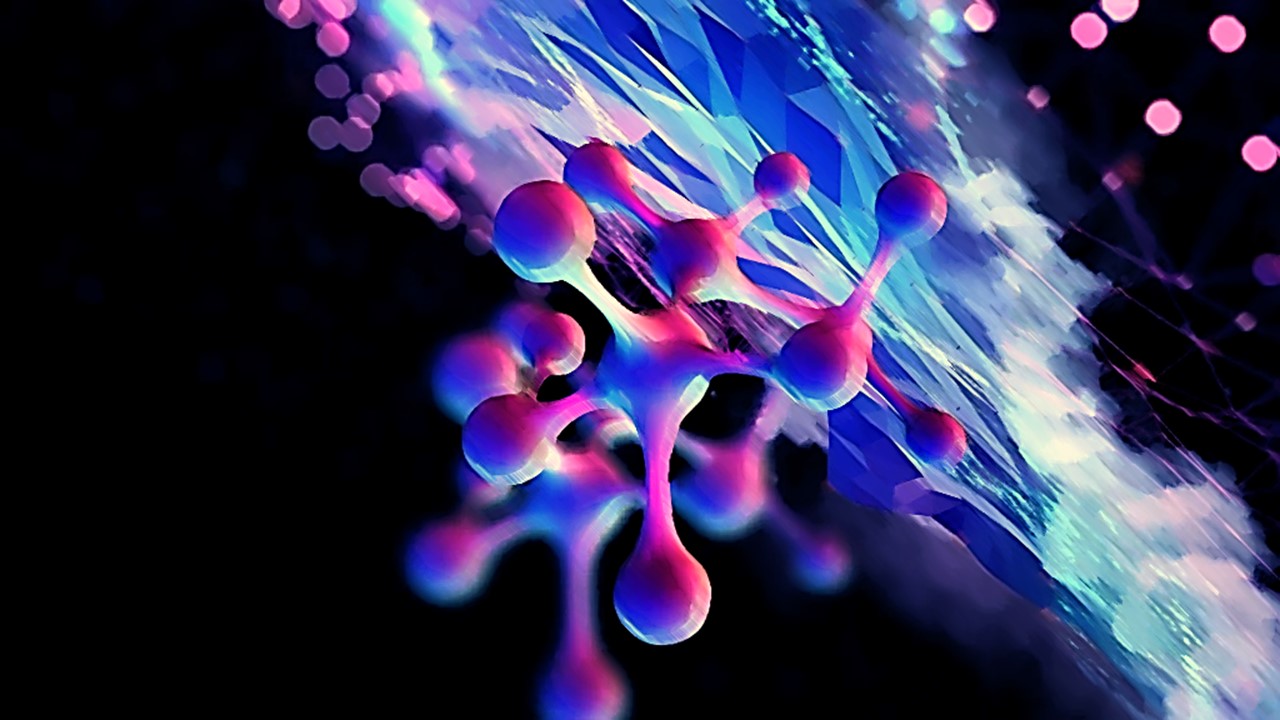
Biomanufacturing
Biosimilars: The Science Behind an Affordable Pathway to Biologics
As biosimilars become more common, regulatory agencies are updating their guidelines to keep pace with advancements in their technology and uses.
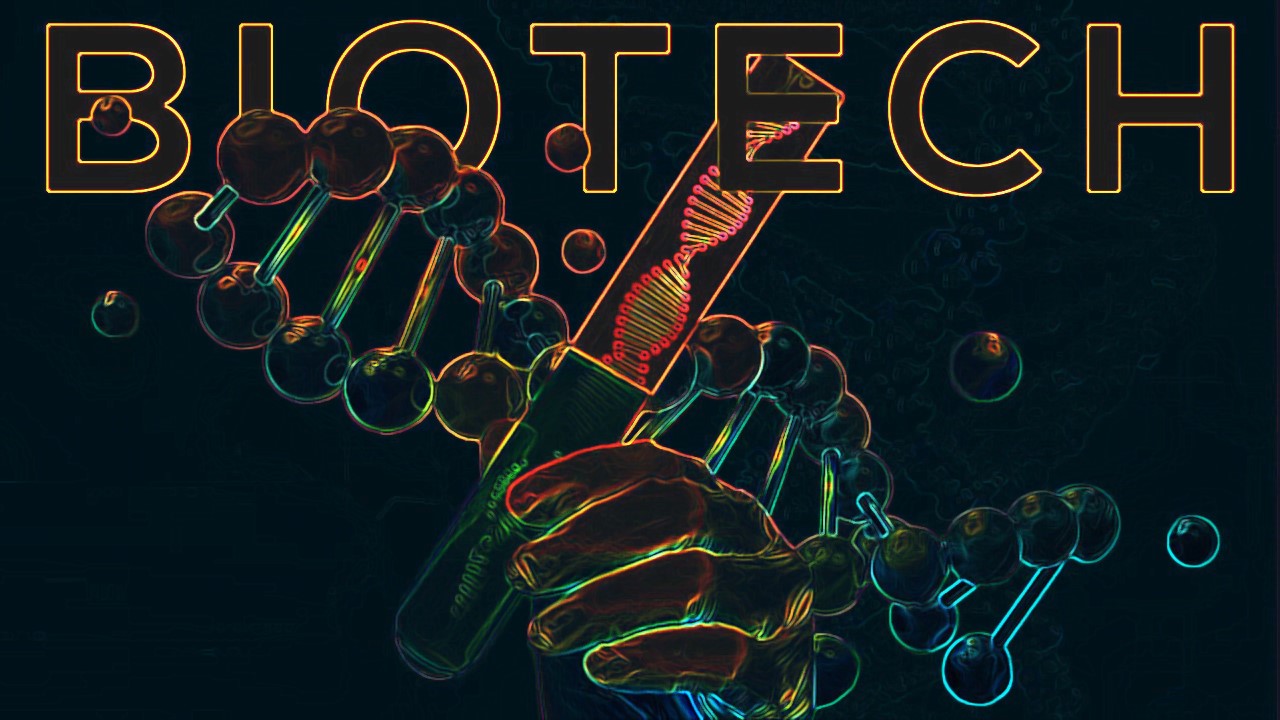
Biomanufacturing
Biotechnology’s Transformative Impact on Sustainable Development
Rooted in the transition from fossil fuels to renewable resources, the integrated bioeconomy promises a sustainable future.
Read More Articles
Chemical Gale: How Wind Energy is Reshaping Industrial Manufacturing
The integration of wind energy into chemical manufacturing constitutes a fundamental reimagining of process chemistry.
Algorithmic Trials: How Decision Theory is Reshaping Decentralized Clinical Research
Decision theory offers a robust mathematical framework to design trials that enhance efficiency, uphold ethical standards, and better reflect the complexities of real-world therapeutic contexts.
